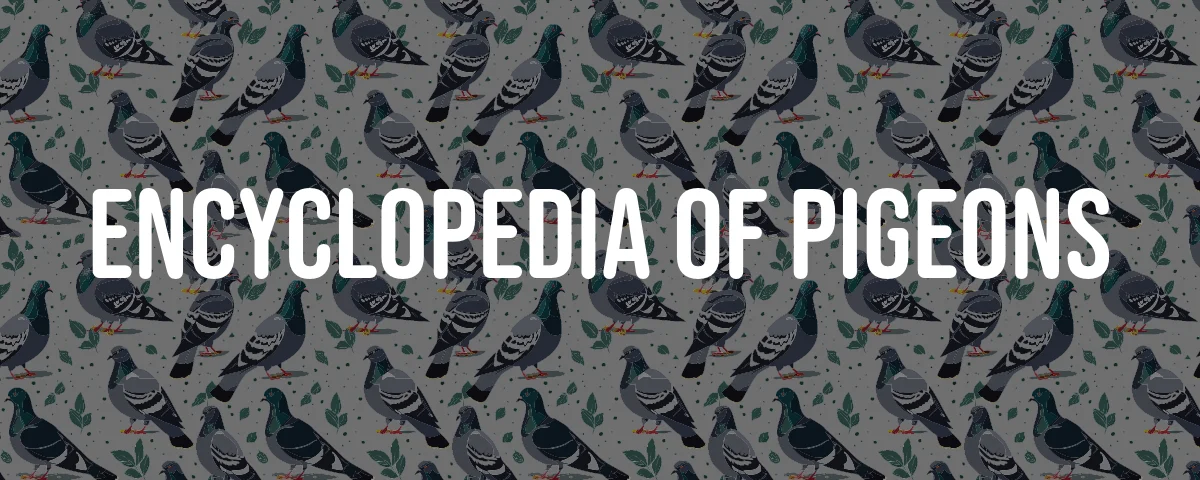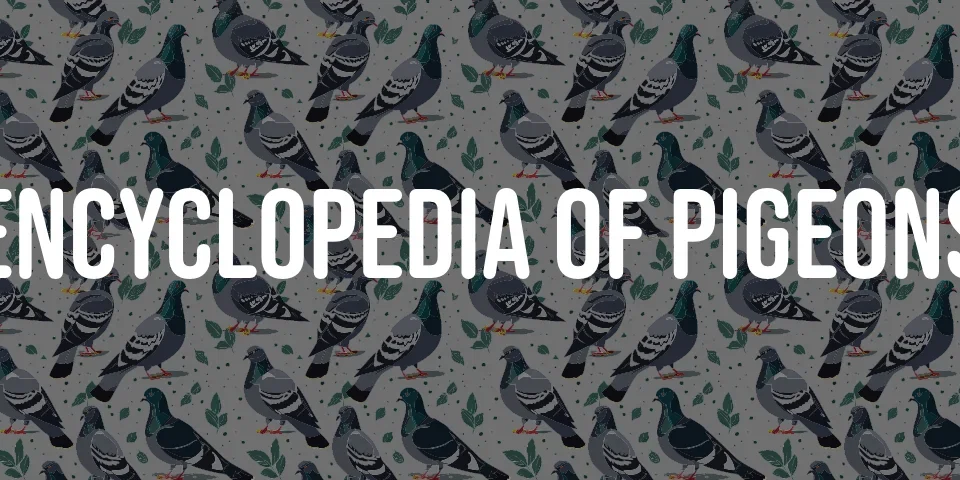Discover the Fish Eye Roller, a fascinating breed of pigeon with an intriguing Spanish origin. This performing roller pigeon is renowned for its distinct rounded head, long beak, and unique ability to perform backward somersaults in flight. A hardy creature adaptable to various climates, it’s an easy-to-care breed, making it perfect for enthusiasts and competitors alike. Dive into the world of these aerial acrobats, known for their tumbling skills and captivating colors.
Origin
The Fish Eye Roller is an English breed of pigeon that originated in Spain centuries ago. It is also known as Refilador or Ull de Peix in Catalan, which translates to ″Fish Eye″ in English.
Breed Characteristics
The Fish Eye Roller is a performing roller pigeon with a rounded head and a prominent frontal area. It has a long and thin beak, a short neck, and a round body. The most common colors/patterns are blue and red, with variations such as checked, self, bar, spread, badge, mottle, grizzle, and bald.
Temperament
The Fish Eye Roller is known for its genetic inclination to perform backward somersaults in flight. With adequate training, diet, and exercise, these pigeons exhibit their rolling behavior. However, the exact neurological causes of this behavior are still unknown.
Preferred Living Conditions
The Fish Eye Roller is a hardy breed that can thrive in various climates and is tolerant of changes. They are relatively easy to care for as long as basic principles accepted throughout the sport are followed. Providing proper housing, good nutrition, and maintaining cleanliness are key factors in ensuring their well-being.
Usage
The Fish Eye Roller is primarily bred and kept for performance competitions. These pigeons are acclaimed for their tumbling and rolling skills, making them popular among enthusiasts who appreciate their aerial acrobatics. They are often flown in events and shows to demonstrate their unique flying abilities.
| Key Information | Description |
|---|---|
| Origin | Spain, centuries ago |
| Breed Characteristics | – Rounded head and prominent frontal area – Long and thin beak – Short neck – Round body – Common colors/patterns: blue and red, with variations such as checked, self, bar, spread, badge, mottle, grizzle, and bald |
| Temperament | – Genetic inclination to perform backward somersaults in flight – Training, diet, and exercise can influence rolling behavior |
| Preferred Living Conditions | – Hardy breed adaptable to various climates – Tolerant of changes – Require proper housing, nutrition, and cleanliness |
| Usage | – Bred and kept for performance competitions – Known for tumbling and rolling skills – Popular in events and shows |





